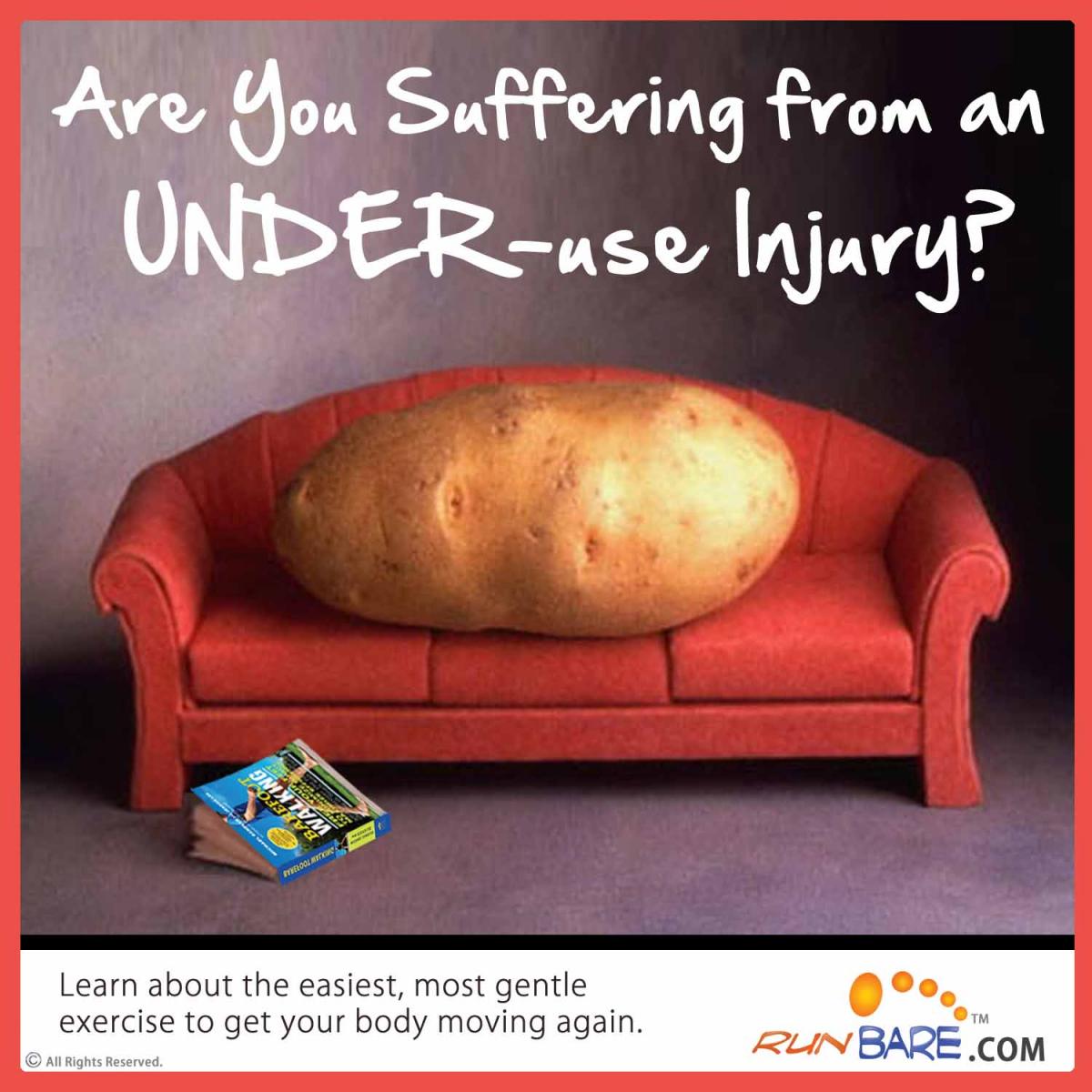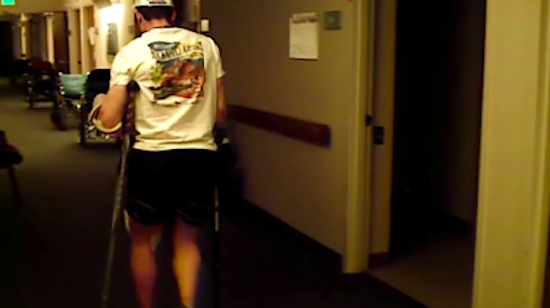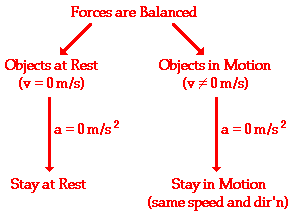Are You Suffering from an UNDER-use Injury?
Ever taken time off from walking or running and found yourself MORE  , rather than fresh and well rested? Or felt an injury coming on when you weren’t doing that much at all? Then you too, may be struggling with an underuse injury in the making.
, rather than fresh and well rested? Or felt an injury coming on when you weren’t doing that much at all? Then you too, may be struggling with an underuse injury in the making.
I coined the term "underuse injury" to refer to the fact that we’re supposed to be active and stay active. Our bodies work by the use it or lose it principle. If we use something, such as our calves for walking or running, they get stronger, work better, and life is good. If we don’t use them, they can weaken, tighten, and even shorten, working poorly and putting us at risk of injury (particularly when we return to even moderate active, such as that first day back from a hiatus).
Particularly if we’ve had previous injuries, start to get up there in years, or had a pretty regular exercise routine, we’re in danger of an underuse injury. For the older crowd and those with previous injuries, our bodies may not recover quite as quickly, and tighten up even faster. So it’s especially important we become MORE active, rather than less as we age, and to stay active—no matter what. And for the regularly active crowd, the body grows healthily addicted to exercise. When we stop, the body doesn’t know what to do. And so, it often gets confused, tightening up and creating injuries where there were none.

There are really two types of underuse injuries, the first, when we’re recovering from a serious injury and have taken off too much time. In these cases, the body picks up many bad habits and can even develop a chronic condition. For myself, after getting hit by a car while racing in the French Alps, I had a back injury turn chronic from too much rest. It seemed the more doctors wanted me to rest and the more time off I took, the more I stiffened up and my back hurt, with pain spreading to other parts of the body. The same thing occurred after my near-death accident in 2006. The more I rested, the more my body twisted and tightened on me leading to one injury, followed by the next. The answer in both cases was the same, get out and slowly get moving again, particularly in natural settings which stimulate more of the body and help prevent repetitive use injuries (trails require you to use many more muscle groups than roads or treadmills, helping retrain the muscles, ligaments, tendons, bones, and nervous system). I later learned going barefoot in nature had other substantial benefits to the healing process, such as a reduced inflammation response, but that’s a topic for another entry. (Photo Right - Here I was crutching down the hospital ward in 2006.)
The second type of underuse injury is the one that occurs when you take time off from your regular exercise routine and suddenly find yourself MORE sore, rather than less. That’s because your body is quickly trying to revert back to old habits…and with strong muscles in place, it often does some very strange (and uncomfortable) things. For myself, again, with a very regular running and walking routine, when I recently started spending extra time at the computer to get ready for our book tour, I started getting more sore, with extreme tightness in my right hamstring and calf setting in quickly, the top of my right foot becoming acutely sore, a twisting sensation developing on my right shin, and a tightness and twisting discomfort occurring in my back.
Was it an injury coming on that’d finally had too much? Was the rest giving a chance for an injury to rear its ugly head? No, quite the contrary. In essence, it was my body getting stupid. With a significant leg length discrepancy and titanium hip, once I got it active again, it knew how to stay healthy and happy. But when I stopped, it didn’t know what to do. And so, without positive messages or reinforcement (exercise) to keep it happy, it quickly reverted back to an old state of unhappiness. If I stay active, my body stays happy, if not, it starts twisting and pulling until it DOES find a weak link, and then WITHOUT even working out, OR the first time back, POP, a true injury does appear.
 So what’s the answer? Motion. Or as they said in physics, bodies in motion, like to remain in motion (See diagram on left - friction and other factors withstanding of course... but you get the idea). Stay active, even, or especially during the busy periods of your life. Be especially gentle on your body at these times (no need to push it), but realize the best answer to stress (whether mental or physical—sitting is a huge physical stress too, look for an upcoming blog post on this) is movement. It’s what we evolved to do, to walk, hunt, gather, and take care of a tribe, rather than plunk ourselves down and stay there 8 or more hours a day, week after week, year after year. It’s incredibly unnatural, and the body gets really, really confused. So stay physically active, and in your routine, relatively speaking, no matter what. (Note, this isn’t an excuse to be neurotic, be gentle to yourself in all you do, and don’t fret the occasional missed workout…in the greater scheme of things, these short breaks can be very helpful, and the stress you put on yourself worrying about a missed workout is typically far worse for your body than the stress you’re putting on your body by NOT working out). And if you’re recovering from injury or have been sidelined too long, be gentle, heed the medical advice, but get out in nature and start getting out to “play”; gradually doing more, rather than less. Your body will thank you for it!
So what’s the answer? Motion. Or as they said in physics, bodies in motion, like to remain in motion (See diagram on left - friction and other factors withstanding of course... but you get the idea). Stay active, even, or especially during the busy periods of your life. Be especially gentle on your body at these times (no need to push it), but realize the best answer to stress (whether mental or physical—sitting is a huge physical stress too, look for an upcoming blog post on this) is movement. It’s what we evolved to do, to walk, hunt, gather, and take care of a tribe, rather than plunk ourselves down and stay there 8 or more hours a day, week after week, year after year. It’s incredibly unnatural, and the body gets really, really confused. So stay physically active, and in your routine, relatively speaking, no matter what. (Note, this isn’t an excuse to be neurotic, be gentle to yourself in all you do, and don’t fret the occasional missed workout…in the greater scheme of things, these short breaks can be very helpful, and the stress you put on yourself worrying about a missed workout is typically far worse for your body than the stress you’re putting on your body by NOT working out). And if you’re recovering from injury or have been sidelined too long, be gentle, heed the medical advice, but get out in nature and start getting out to “play”; gradually doing more, rather than less. Your body will thank you for it!
And now, it’s time for me, to get up and out of this chair, and get moving again. Fortunately, I have a rebounder right in my office…a great tool, particularly for winter days, and a topic for yet another upcoming blog!
So what are you waiting for? Now that you’ve read this, get up and get moving. Take a walk down the hall, or up and down the stairs, or better still, head outside for five or ten minutes (better still, get your bare feet on the earth), your body will thank you for it.
- michael's blog
- Log in to post comments
